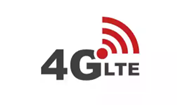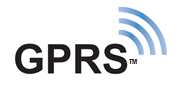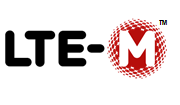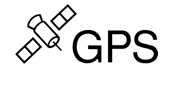Cabinet Controllers
Tellink TSmarT-Lighting cabinet controllers have been designed to monitor and control all types of Electrical stretlighting cabinets. Its installation is complementary but independent of the individual luminaire control system. Cabinet controllers fulfills three fundamental functions:
- Measurement and recording of all the electrical parameters of the streetlighting Cabinet, including its energy consumption;
- Control and command of the actuations available in the cabitet, including control of lighting ON and OFF programming, or actuation of external flow regulation equipment; and
- Monitoring and interaction with other elements of the cabinet, including differential relays, different types of sensors (e.g. open door), or electricity metters, to mention a just a few.
Tellink's TSmarT-Lighting cabinet control system is composed of two functional units:
- TelmeTer Electrical Network Analyzer, responsible for measuring and recording the active and reactive energy consumption of the cabinet, as well as all relevant electrical parameters including voltages, currents, powers, etc.; and
- Control and Communications Unit (UCC), whose function is, on the one hand, to control all the elements of the cabinet, and on the other, to communicate with the Remote Control Center software applications to send information and receive instructions.
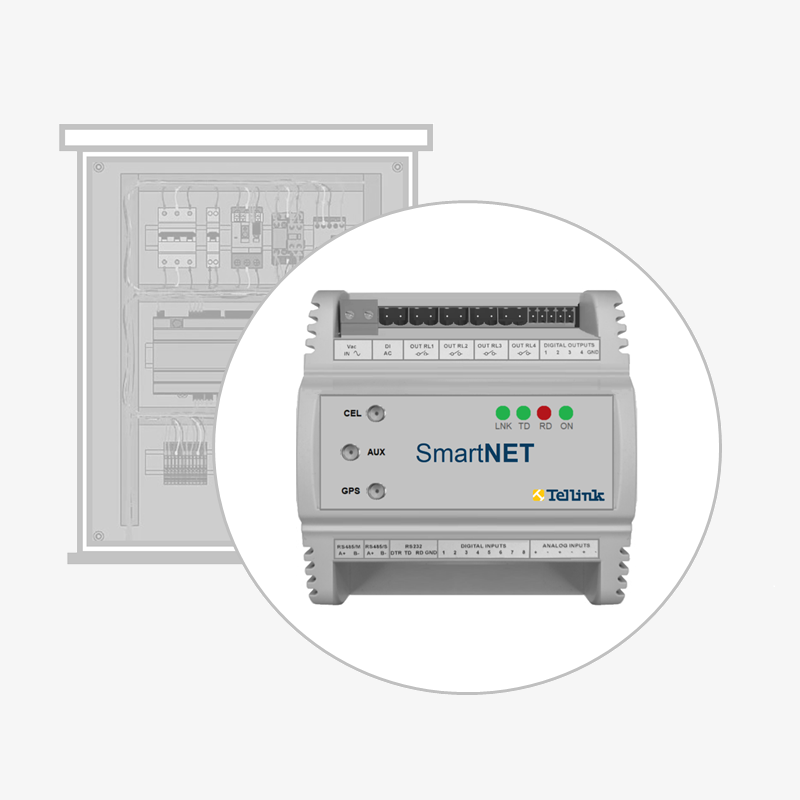
Control & Comms. Unit
The Control and Communications Unit (UCC) is the brain of the system. It is in charge of accessing the external measurement equipment (Network Analyzers or Energy Meters), ordering the ON and OFF of the lighting circuits, managing secure communications with the Control Center and manage other additional elements existing in the cabinet (such as flow regulators, door opening sensors, differential relays, etc.).
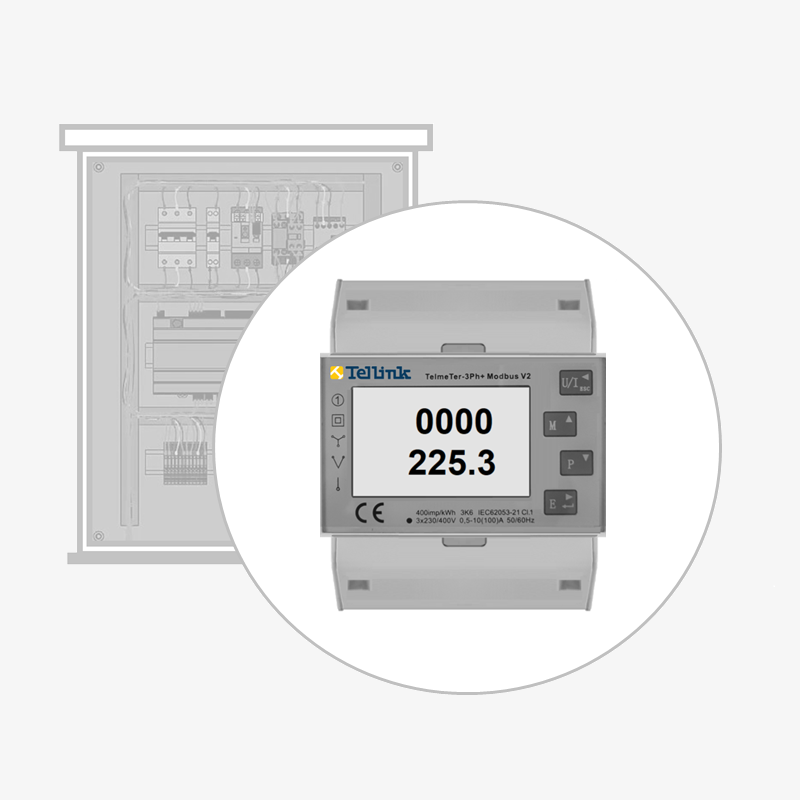
TelmeTer Analyzer
It is a powerful and precise Electrical Network Analyzer, responsible for measuring the different electrical parameters present in a stretlighting cabinet. This piece of equipment records energy consumption, values of voltage, current, power, power factor, frequency, and harmonic distortion, among others. The values are reported periodically to the Control and Communications Unit (UCC), which records them with a programmable frecuency.
Personalized design
TSmarT-CUSTOMTSmarT-CUSTOM
The standard TSmarT-Lighting-CM solution may not fit your project requirements. Perhaps the UCC needs to be connected to a special Network Analyzer, or information from a specific existing sensor needs to be available. For these cases, Tellink can carry out a personalized design, as long as it is economically viable. We are manufacturers.
Available Communications
FAQ
Both NB-IoT and LTE-M (also known as Cat-M1) are next-generation LPWAN (Low Power Wide Area Network) cellular networks, specifically designed to provide IoT (Internet of Things) connectivity. 3GPP is the body that regulates these two standards, and all other cellular communications standards. Both technologies are provided by a telecommunications cellular operator, require a SIM card, and use exclusive frequency bands, in which no one else can transmit signals. However, they are not the same.
LTE-M offers higher communication speeds, allows mobility and voice communications, but the cost of the radio transceivers is higher and the battery life is shorter. For its part, NB-IoT offers a lower speed, it is not designed to connect objects with mobility, but it allows the design of very low-cost devices with longer battery life. Although both technologies are applicable to design Luminaire Controllers, NB-IoT offers advantages. For this reason, most operators in Europe have chosen to deploy NB-IoT networks, while only some opt for LTE-M.
Tellink is the manufacturer of all the products it sells, except for some accessories. This includes luminaire Controllers, Cabinet Controllers, and the TSmarT IoT Lighting Management Platform. All our products can be customized, or incorporate special functionalities to adapt to the specific requirements of a project, as long as it makes business sense.
Firmware updates to remote devices are not only necessary but essential. In an IoT world in which millions of devices are connected, it is essential that these devices have a mechanism to periodically update their firmware. If this does not happen then remote devices will not be able to adapt to new security threats that appear, nor to improvements in communications protocols, or solve problems not detected when they were manufactured, to mention just a few examples. The result will be that devices will be exposed more easily, and their useful life will end up being much shorter.
All devices manufactured by Tellink, including Panel Controllers, Luminaire Controllers and Hubs allow remote updating of their firmware versions. Tellink's "Device Management" team has defined protocols and procedures for periodic updating of the entire fleet of connected devices.
Yes, both cabinet controllers and luminaire controllers can be integrated with third-party applications, such as municipal Smart City Platforms, Energy Efficiency Applications, or CMMS from other companies, to mention just a few examples. The integration is available through Tellink powerfull API (Application Program Interface).Application Programming Interface) of the TSmarT Platform. In fact, it is common for this to happen. This integration can be carried out only to export information to other applications, but total control of the Telemanagement system could also be taken, including action orders to field teams.
Additionally, third-party applications could also integrate directly with Tellink hardware devices, without having to go through the TSmarT Platform, although this type of integration requires more effort on the part of developers.
No, both systems are completely independent, although complementary. Customers can install one of them, the other, or both together. In particular, Tellink intelligent luminaire control system does not depend on any element of streetlight cabinet. Both systems only come together at the software platform level.
Yes, Tellink UCC includes Digital Inputs to be connected to the outputs of other external devices within the Cabinet. If an open door sensor is connected to one of the Digital Inputs then the system will register this situation, with a time stamp, and will be able to send an alarm message if this has been programmed.
The previous procedure can be applied to any external device equipped with low -voltage status indication outputs, which is connected to the Digital Inputs of the UCC, such as Differential Relays, photocells or any other type of sensor. Some of the Digital inputs of the UCC additionally allow pulse counting capabilities when connected to external devices equipped with S0 pulse outputs.
The short answer is yes. Globally, 2G and 3G will disappear in the coming years, and in some countries they have already disappeared. It is inevitable, since the frequencies currently used by 2G and 3G will be necessary for 5G (remember that NB-IoT is part of the 5G ecosystem). Most operators have already announced a specific date for the shutdown of 3G networks. For example, Movistar in Spain will turn off 3G in 2025. Some have also set a date for the turn off of 2G, although later than for 3G, given the high implementation of 2G (GPRS) in the field of industrial M2M. It must be remembered that legacy 2G (GPRS) or 3G modems ARE NOT compatible with 4G, and it would be necessary to replace them in the event of the GPRS networks being turned off.
Those responsible for the projects are recommended to take this circumstance into account when choosing the solutions to install. Tellink has Lighting Remote Management solutions in Panels with 2G modems, and others with dual 2G+4G modems. Tellink always recommends the use of dual 2G+4G systems, to avoid the possible risk of shutting down 2G networks, but the cost is higher. The decision ultimately rests with those responsible for each project.
Streetlighting Cabinets are distributed throughout the municipal area. This circumstance makes unfeasible the installation of wired communication networks. For this reason, practically all streetlighting Cabinets use wireless communication networks (radio) to communicate with the lighting management software platforms.
Among the possible alternatives for wireless communications, subject to international standards, there are basically two options: traditional 2G/4G cellular networks, and new IoT LPWAN (Low Power Wide Access Network) such as NB-IoT or LoraWAN. However, NB-IoT or LoRaWAN networks are not designed to communicate large amounts of information with high frequency, as required by any modern Cabitet Remote Management system, since to use them it would be necessary to limit the volume and frequency of the information reported from the Cabinet.
Therefore, although Tellink has all the options available, the use of 2G (GPRS) or 4G (LTE) cellular networks is recommended for communication with the streeetlighting Cabinets.
Tellink Cabinet Remote Management system is made up of two elements: Electrical Network Analyzer, and Control and Communications Unit (UCC). This functional separation has several advantages. On the one hand, in the event of a failute of the Analyzer, the UCC will continue to switch ON/OFF all lighting citcuits, without them being affected by the failure of the Analyzer. In this case, the faulty Analyzer would be repaired or replaced, at a lower cost than if it were a single piece of equipment, and the Cabinet's on/off and alarm detection capabilities would remain fully operational.
On the other hand, in some cases, it could be useful to use an Analyzer other than the one supplied by Tellink, either because it is already available or because it incorporates special functions for some applications. In these cases, Tellink UCC could communicate with this third-party Analyzer, with consequent cost savings for the customer.
Yes, Tellink Cabinet controllers have the capacity to send these types of orders through the power lines themselves. However, Lighting managers should know that this functionality is only available using proprietary communication methods of some LED Drivers and luminaire manufacturers. Therefore, it will only work with LED Drives and/or luminaires that are compatible with these proprietary communication methods. Furthermore, in most cases, communication with the Luminaries is one-way, which means that there is no direct mechanism to know if those orders have actually been received by all the luminaries.
A general power failute in an electrical Cabinet is a major failure that affects all the luminaires (or other equipment) powered from the Cabinet. Tellink Streetlghting Cabinet Remote Management system is capable of detecting this situation and reporting and alarm to the maintenance team.
To perform this function, no external batteries or uninterruptible power supply (UPS) are needed. Tellink Control and Communications Unit (UCC) includes an internal backup power mechanism that allows to implement this function without the need for additional equipment, thereby saving money and space in the electrical Cabinet.
